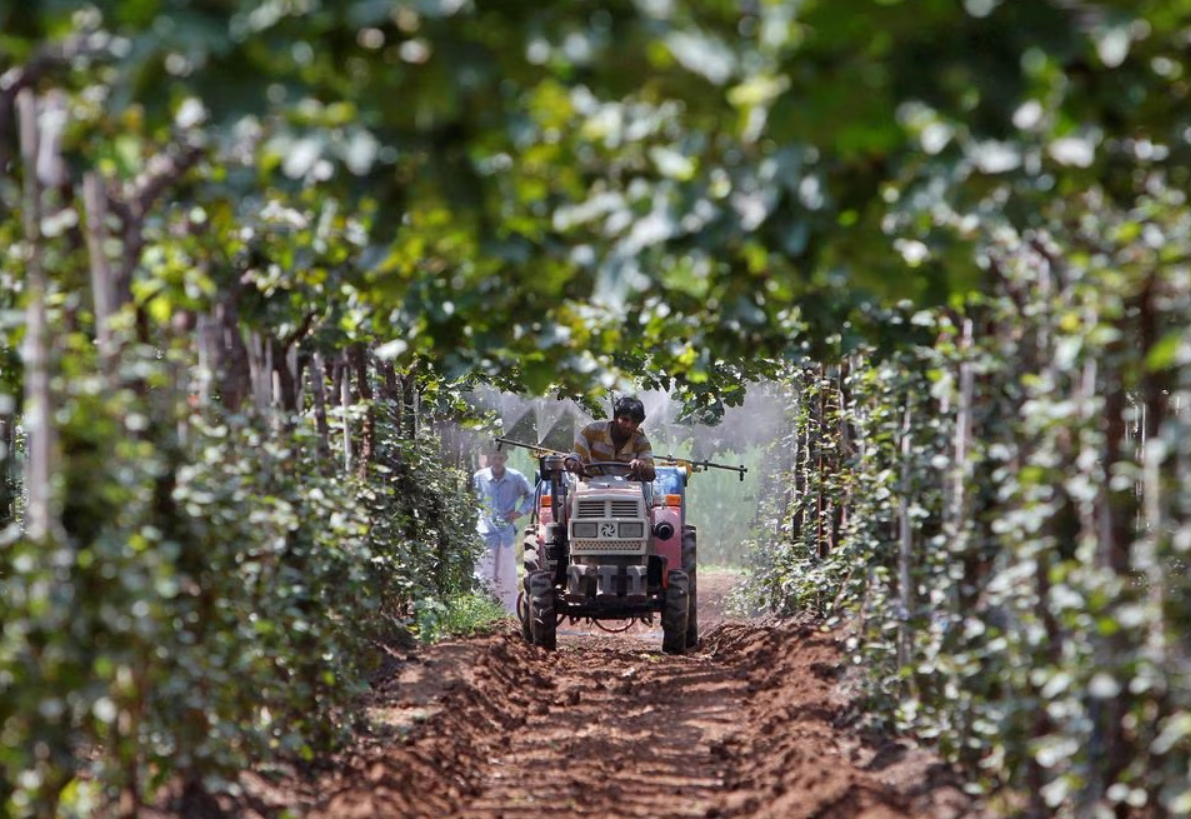
A festive season bump would do little to spur a “complete demand turnaround” for tractors and two-wheelers in rural India, as high prices and the driest monsoon in five years have kept festival spending sentiment muted, analysts and experts noted.
India has a line-up of festivals and auspicious periods between August and November, pushing up vehicle sales.
Rural India, which forms nearly two-thirds of the country’s population, accounts for 55% of the total two-wheeler sales and a bulk of its tractor purchases.
However, experts have pointed to high borrowing rates and inflationary pressures dampening appetite for vehicle purchases in a region where analysts say investments are heavily “sentiment-driven”.
“The mindset of a rural buyer has changed after the pandemic. They want to save more for rainy days, which can further slow down (demand) recovery,” said Amit Hiranandani, automobile sector lead analyst at brokerage SMIFS.
BUMP IN THE ROAD
The Federation of Automobile Dealers Association (FADA), which provides monthly retail sales data, pointed to retail sales of two-wheelers crossing pre-pandemic levels in September as “potentially marking the beginning of a turnaround in rural markets.”
However, with most of the monsoon recovery having taken place only in September, FADA President Manish Raj Singhania told Reuters that a “complete turnaround” — where demand for entry-level vehicles matches that of more premium ones — is “not in sight for at least two years”.
Demand for mopeds, an entry-level vehicle that is a common sight in India’s rural areas, was down over 1% year to date, as per industry data, compared to last year’s 5% rise.
Sales of small-to- mid-sized offerings from India’s largest motorcycle maker Hero MotoCorp, which include the Splendor and HF models, have also dropped, compared to a double-digit growth during the same period last financial year.
Automakers are offering higher discounts from a year before, especially for entry-level offerings, but analysts say it will do little to aid rural recovery. “There may be some enthusiasm during the festivals, but there is a big question mark if it will sustain beyond,” said SMIFS’ Hiranandani.
Tractor purchases, meanwhile, fell 10% in September, as per FADA data, and have been mostly flat or lower since the start of fiscal 2024.
They were being purchased for commercial purposes such as construction activity to ferrying passengers and water tankers, according to FADA’s Singhania and a tractor vendor Reuters spoke to.
“Monsoons have been bad, rates are down and there is no market for us. Affording this (tractor) is a big question mark now,” said Munindra N, a 37-year-old farmer, pointing to a shiny, new Massey Ferguson tractor at a showroom in Hoskote, a suburban Bengaluru town.
The situation in rural India is in stark contrast to that of urban areas, which forms roughly 35% of the population, and where everything from premium bikes to pricey sport utility vehicles (SUVs) are flying off showroom floors.
Analysts and economists pointed to a “K-shaped” recovery, where demand from a “premium”-aspiring urban population – resilient to rising prices – is outpacing rural demand.
“While India (urban) is showing revival signs, Bharat (rural) is yet to perform,” SMIFS’ Hiranandani said.

